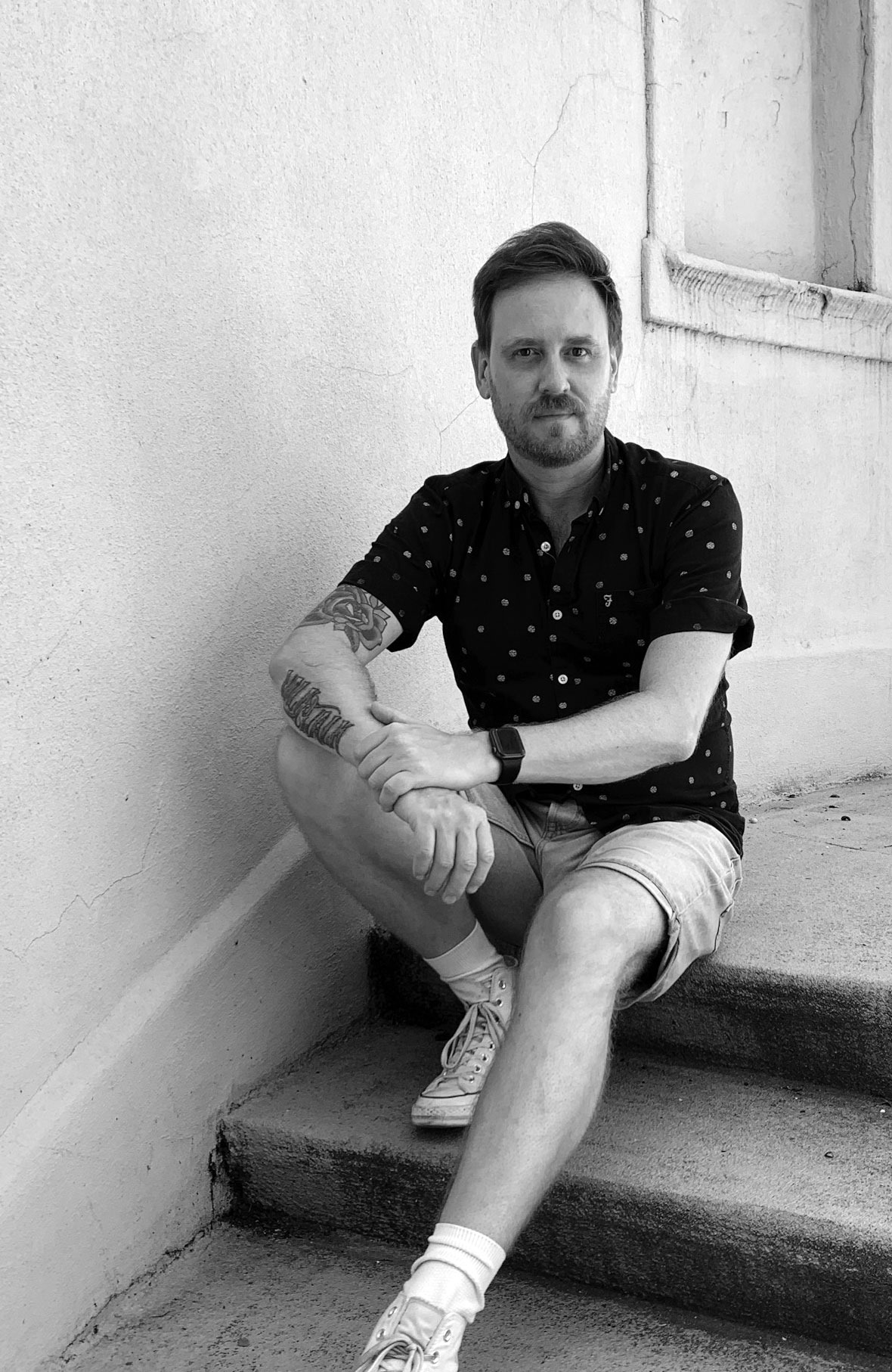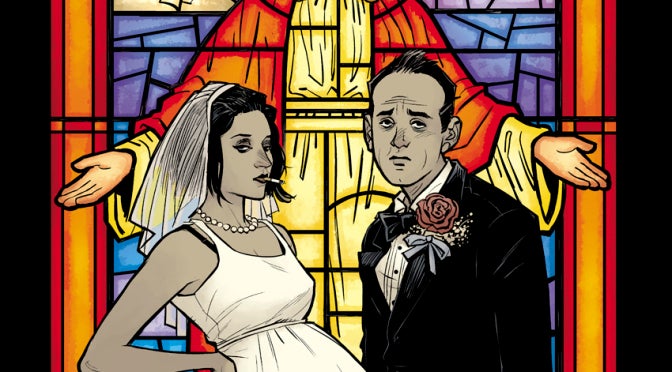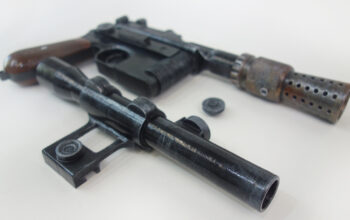Comics
Full of fantasy. The fight between good vs. evil. Right vs. wrong. Blockbuster movies. Classic page-turners. Superheroes — the list of attributes goes on and on. These are all of the aspects that make comic books and comic book characters an ingrained part of American pop culture.
For artist and illustrator Cameron Stewart, comics have been an enthusiastic part of his childhood, and also his adulthood. The writer/artist is known for his work on several acclaimed projects like Seaguy and Batgirl. Stewart is an Eisner Award and Shuster Award-winning and Eagle Award and Harvey Award-nominated Canadian comic book artist who has worked for DC, Marvel, and Dark Horse Comics.
The allure of comic books and his experience as an illustrator is what eventually led Cameron Stewart to collaborate on one of the most iconic novels in modern times, Chuck Palahniuk’s sequel to Fight Club: Fight Club 2. In 2015, Cameron Stewart illustrated the novel, which would climb to the top of the New York Times Graphic Novel bestseller list for six months. Since then, he’s illustrated a third Fight Club book by Chuck Palahniuk.

How Cameron Stewart became involved in Fight Club 2
It just so happens that sometimes you have to take a leap of faith if you want to make something happen. Something told Cameron Stewart that he needed to jump quickly on the opportunity to work on Fight Club 2, so he actually approached the editor from Dark Horse, the book’s publisher, about becoming involved.
“I’d heard through the grapevine that the project was happening and that Dark Horse was going to be involved. I had a relationship with Dark Horse in the past because they had published my own graphic novels and I’d done some work for BPRD,” he explains.
He contacted Scott Allie, the editor of Dark Horse, to express his interest.
“Ultimately, Scott told me that it was going to be Chuck’s [Palahniuk] decision but they would keep me in mind.”
Stewart didn’t give up.
He drew a three-page comic where he adapted one of the later chapters of the novel as a proof of concept, to show Chuck what it would look like if they hired him as illustrator.
“I just made it into a comic on my own time, unsolicited, and sent it to them as an audition basically,” says Cameron Stewart. “Chuck really liked it and the editor (Scott) told me that he went from thinking I wasn’t the right artist for it to thinking I was the only artist for the job.”
Fight Club 2 plot:
In the graphic novel, ten years after starting Project Mayhem, Tyler Durden lives a mundane life. He’s living a compromised life with a failing marriage, unsure about his passion for his wife. He takes pills to keep his destiny at bay. But before long, Tyler is back where he started, but this time he’s got more at stake than his own life. Tyler’s wife Marla is unsatisfied and tampers with the small pharmacy of drugs that her husband needs to suppress Tyler, and– go figure– Tyler reemerges to terrorize their lives.
After the announcement for Fight Club 2 was revealed, Cameron Stewart decided that he would draw a “cartoony” style as a way to capture the story; and he would ultimately draw some more “absurdly comical moments.”
Stewart said of Fight Club 2: “It is as much a meta-fictional comment on the cultural response to Fight Club as it is a sequel.”
The Creative Process:
Although most comic book illustrators are given pieces of a script, Cameron Stewart was handed the complete script for the entire Fight Club series. Stewart says that this helped him understand where the story was going to end up.
“I could read it, I had an idea of the shape of it, and of the tone and about where it was going to end up,” he explained.
In fact, Stewart was so vested in the project that he moved to Portland just so he could be in the same room as Chuck Palahniuk. Colourist Dave Stewart, designer Nate Piekos and editor Scott Allie followed suit.
“We got to just bounce ideas off of each other. It was very collaborative, Chuck is very gracious and generous as a collaborative person. I was expecting it to be far more controlled and I was bracing myself for that, but in fact he’s been so open to collaboration, said Stewart.
3D Elements:
One of the most unique aspects of Fight Club 2, and something avid comic book fans took quick notice of, was that the pills and other objects in the art and lettering appeared obscure. This concept was actually Chuck’s idea.
Cameron Stewart comments, “Very early on in the process, we were getting together and talking through some of the visual things we wanted to do. He was very interested in this idea of, in the same way that David Fincher had these sort of fourth wall-breaking elements, where you would see the characters talk to the camera or the sprocket holes in the film or whatever.”
As an illustrator, Stewart wanted to show things that would almost distance the reader from the story.
“In talking to Chuck, he wanted to visually annoy the reader who’s seeing these things and thinking that there’s perhaps something important behind this thing that’s obscuring it.”
The duo wanted to surprise fans and do something that was unique and not typically seen in mainstream comics.
“I think we accomplished what we sought out to do. And that was anything we could do to make Fight Club 2 stand out,” says Stewart.
In 2019, a few years after the release of Fight Club 2, Chuck Palahniuk re-teamed with Cameron Stewart as illustrator and released Fight Club 3, a 12-issue series.
Whether you’ve been a fan of Fight Club since the ’90s or became hooked with its jump to comics, you’ll definitely want to pick up the highly acclaimed sequels if you haven’t already done so.
Related Posts












